A Streetcar Named Desire – Meeting With a Living Legend
It is undoubtedly a good thing that the work of the distinguished choreographer John Neumeier is finally entering the repertoire of the Czech National Ballet. It is almost surprising that it did not happen already in the 1990s after all the changes that were related to the dramaturgical plan on all theatrical platforms.
In the context of the current management of the ballet, it is more than logical to stage the chosen title in Prague. The ballet's director Filip Barankiewicz chooses works that he has danced himself during his career and invites creators he knows well. They fit into his aesthetic mindset and sense of a certain standard of beauty.
Iconic choreographer, iconic drama
Choreographer and versatile creator John Neumeier (1939) is a living legend today and seems to be still in great shape even at his advanced age. Originally American, after his studies he was offered an opportunity by choreographer John Cranko to dance with the Stuttgart Ballet. After short engagements in Frankfurt and at the Royal Winnipeg Ballet in Canada, where he began to create, he permanently established himself in 1973 in Hamburg as chief and choreographer. He is now in his fiftieth season there and has succeeded in creating one of the most famous ballet companies, the Hamburg Ballett. In addition, he founded a school, a regular festival (Hamburg Ballet Days), and owns a large Ballet Centre where the school and the company are based. The creativity of this creator is endless.
He created countless works, his choreographic style and way of expression can be classified as neoclassical ballet. Most of them are narrative, usually inspired by literary drama, often Shakespearean themes (Romeo and Juliet, A Midsummer Night's Dream, Hamlet and Othello). The iconic production was The Lady with the Camellias, which also received a remarkable film adaptation (alongside Marcia Haydée, the role of Armand was danced by the outstanding Ivan Liška, a leading and long-standing soloist of the Hamburg Ballett). From the long list of Neumeier's works, other amazing performances must be mentioned: Nijinsky, Illusion as Swan Lake, Anna Karenina, The Legend of Joseph, The Passion of Matthew, The Little Mermaid, Death in Venice, The Glass Menagerie. The production of A Streetcar Named Desire from 1983 was chosen for the Prague audience.
A Streetcar Named Desire (1947) is a distinguished play by the famous American writer and playwright Tennessee Williams (1911-1983) and remains one of the favourite acting opportunities on many stages around the world. Also well known is the 1951 film of the same name by Elia Kazan, starring Marlon Brando and Vivien Leigh.
Tennessee Williams did not have an entirely easy youth, he was sensitive, and he suffered from mental illnesses which he treated with alcohol and barbiturates. He was tormented by depression and sought a way to escape reality. His life thus resembled the characters he portrayed in his stories and plays. The playwright showed American society at the cusp of the demise of the old decadent culture and the new, distinctly materialistic culture. He shows people uprooted and abandoned, torn and tormented by desires, unrealized dreams, and those who flee from the truth to addictions, drugs, alcohol and sex.
Captive of the past
John Neumeier, heavily inspired by the subject matter and the aforementioned film transcript, tried to transform the gritty drama into a dance production while preserving the craft of ballet and its associated attributes. He is the author not only of the choreography, but also of the set design, costumes and he is, of course, the director. The musical selection is based on several works by Russian composers Sergei Prokofiev (Visions Fugitives, Op.22) and Alfred Schnittke (Symphony No.1). Especially Schnittke's music corresponds to the rawness of the theme and the psychology of the characters.
Neumeier begins the first scene where the play ends, in a mental institution. There, the unfortunate protagonist Blanche DuBois sadly comes to an end after her harrowing life journey. Her past begins to unfold in retrospect, what we learn in the drama in the text is told by the choreographer in several telling images. At first, Blanche seems to meet the men she used to associate with in the brothel, in the recent past.
We see Blanche at her wedding to Allan Gray. The bridal party is made up of pairs of beautifully dressed friends. The gentlemen all wear white suits and the ladies long light dresses. The harmonious and peaceful dance of these couples is interestingly arranged in space. This is one of the positive principles of choreography, that even in an uneven formation, it visually enlarges the space. Among the guests is the cheerful and spontaneous Stella, Blanche's sister. A close friend of her husband's also makes an appearance. Shortly after the wedding, it is revealed that Allan is a homosexual. In the newlyweds' duet, Allan shoots himself. The shooting and the suicide sequence are repeated several times in the dance performance. The tragic circumstances are strongly etched in Blanche's memory. The repeated gunshots and the horrific situation will haunt her throughout her life.
After the wedding, Blanche goes through more sad events, the death of her parents and several relatives. Consequently, Blanche is at her wit's end and can no longer maintain the family mansion, Belle Reve. Despite her wild life and changing partners in the ranting brothel, Blanche takes the plunge and moves in with her sister. She arrives there already a very disturbed person, living in her past and not a welcomed guest. Stella is married to a rather rude, arrogant man, Stanley Kowalski, in New Orleans.
The second act of the ballet takes place in this city, full of lively atmosphere. This is created only by the dancers, not by the set design. Different characters, women and men, vary different paces of walking and running, short step variations, crossing the space and creating urban chaos and bustle. They are a kind of echo of various social events (perhaps dance parties, a military march, etc.).
Blanche and Stella and other spectators watch the boxing match, Stanley's usual entertainment. His boxing opponent is Harold Mitchell, called Mitch, whom Blanche meets. Her gloom and depressive moods seem to be passing, as Mitch takes an interest in her and falls in love with her. Aside from the scene, the bed is once again the setting, it also creates the room where Blanche is staying and where she awaits Mitch's visit.
Stanley intervenes cruelly in Blanche's desperate state and battered self-esteem. What is only hinted at in the play about the sexual tension between him and his sister-in-law, Neumeier unexpectedly and brutally develops into a mad and prolonged rape. Of course, it all unfolds in the ubiquitous bed. All of which one would assume would play out that way (and for both dancers, the scene is precarious), but when Blanche is wearing the leotard and pointe shoes in which she (and all the girls) are dancing at all times, the scene loses its verisimilitude. The desperate schizophrenic situation is resolved by Stella taking her sister to an insane asylum. Blanche sits on a large bed with her suitcase beside her, just as she was at the beginning.
Compelling performances
The opening night cast was excellent. Nikola Márová, at the end of her admirable career, once again got the opportunity to play such a psychologically demanding role. For the first casting, the present author himself chose her only in the final rehearsals. This is said to be typical of him, that he leaves the soloists in suspense until the last moment.
Nikola Márová corresponds exactly to the type and maturity of the theatrical character Blanche. The younger Stella is portrayed by the vivacious and endearing Romina Contreras, Stanley by charismatic dancer, Danilo Lo Monaco. Although he could have been more dramatically convincing in his acting. Jakub Rašek played and danced Allan Gray very precisely (the role suited him very well), as well as in the second act as Messenger and the Doctor, the psychiatrist. The tall and youthful dancer, John Quincy Powers, portrayed the role of Mitch, his performance seemed somewhat immature.
The trio of young men were excellent: the soldier Mathias Deneux, Shaw the caterer Fraser Roach and Kiefaber, the businessman, the great Marek Svobodník. They always interfered very precisely and dynamically with the plot and the ideas of the unhappy Blanche. The relatives were played superbly by the "old guard" of soloists, Michaela Černá, Nelly Danko and Tereza Podařilová, Radek Vrátil and Alexej Afanasiev.
As dramatically load-bearing as the title is, Neumeier's rendition already seems dated in both the characters' actions and the dance vocabulary. The ballet looks aesthetically correct, wrapped in the tired costumes of the wedding guests in particular, but also the slightly more colourful costumes of the various New Orleans residents. Everything is danced en pointe, though it's not just the women and girls of New Orleans who could dance quite differently and boldly. For all its respect for the Master, Tennessee's psychological drama could have played out more deeply, into the gritty marrow of reality. In fact, when you read the play, you will at times shudder. Here, you don't leave the performance particularly shaken or disturbed. And that's a pity.
Written from the opening night on 15th December 2022, the Estates Theatre.
A Streetcar Named Desire
John Neumeier’s ballet based on the play by Tennessee Williams
Choreography, set, costume and lighting design: John NeumeieMusic: Sergei Prokofiev - Visions Fugitives, Op.22 Moscow Chamber Orchestra, Alfred Schnittke Symphony No.1, sound recording of the premiere with Gorky Philharmonic Orchestra under the direction of G. Rozhdestvensky
Piano: Martin Levický
Staging: Laura Cazzaniga and Ivan Urban
Lighting redesign: Ralf Merkel
Ballet Masters: Tereza Podařilová, Miho Ogimoto, Jiří Kodym, Alexandre Katsapov, Radek Vrátil
Premiere on 15th and 16 thDecember 2022 at the Estates Theatre
Translation: Kristina Soukupová.




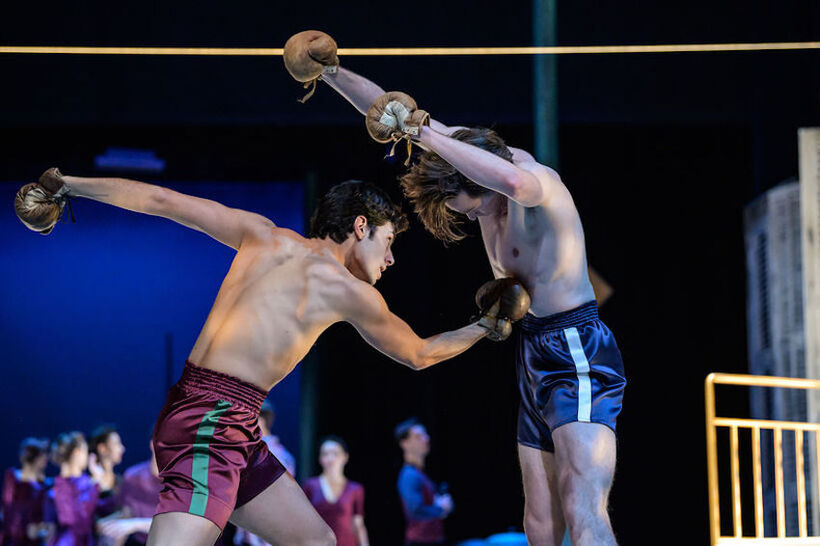.jpg)
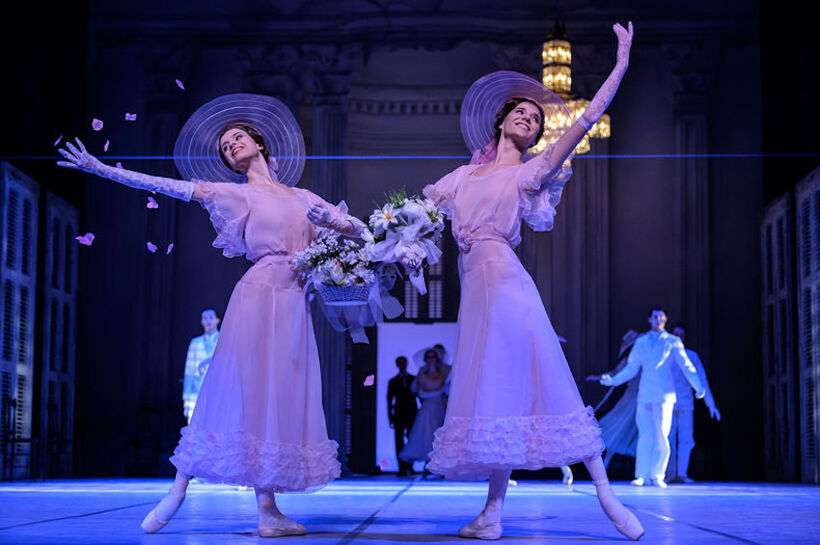.jpg)
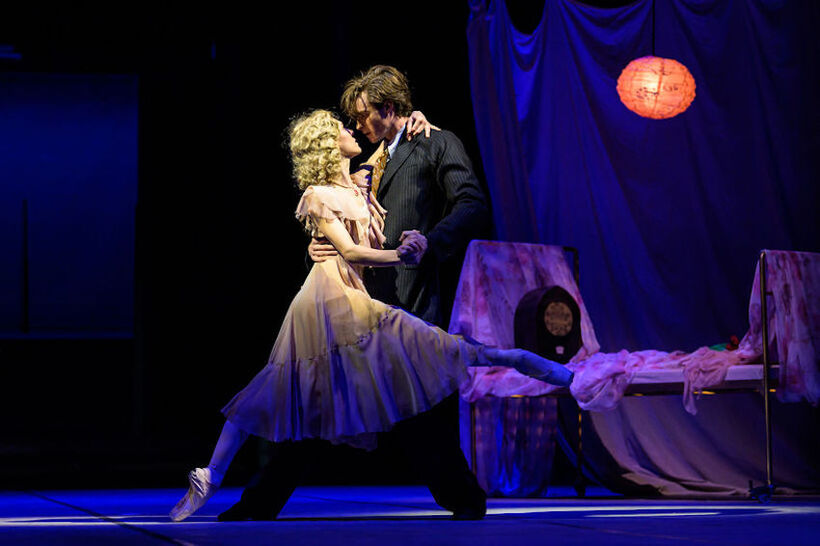.jpg)
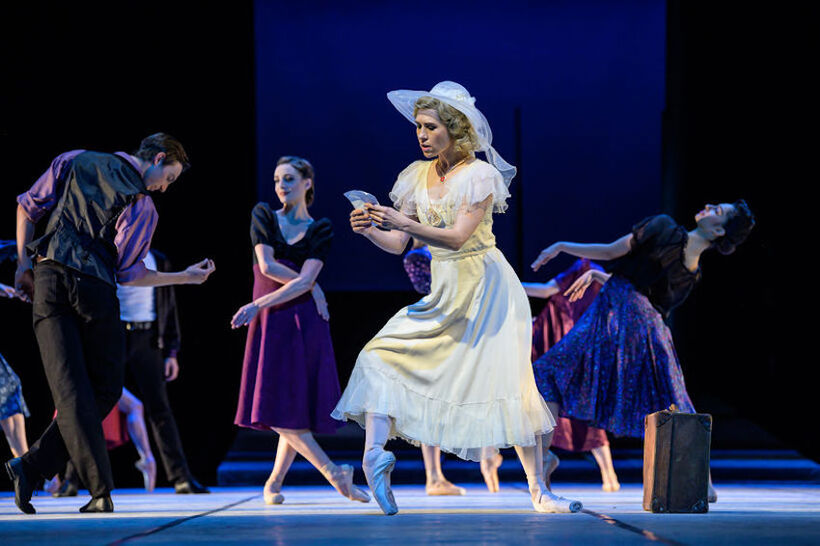.jpg)
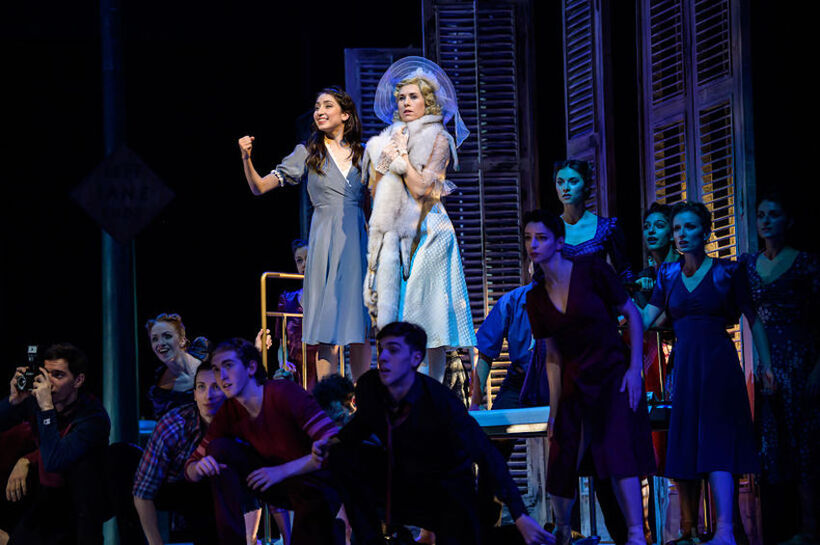.jpg)